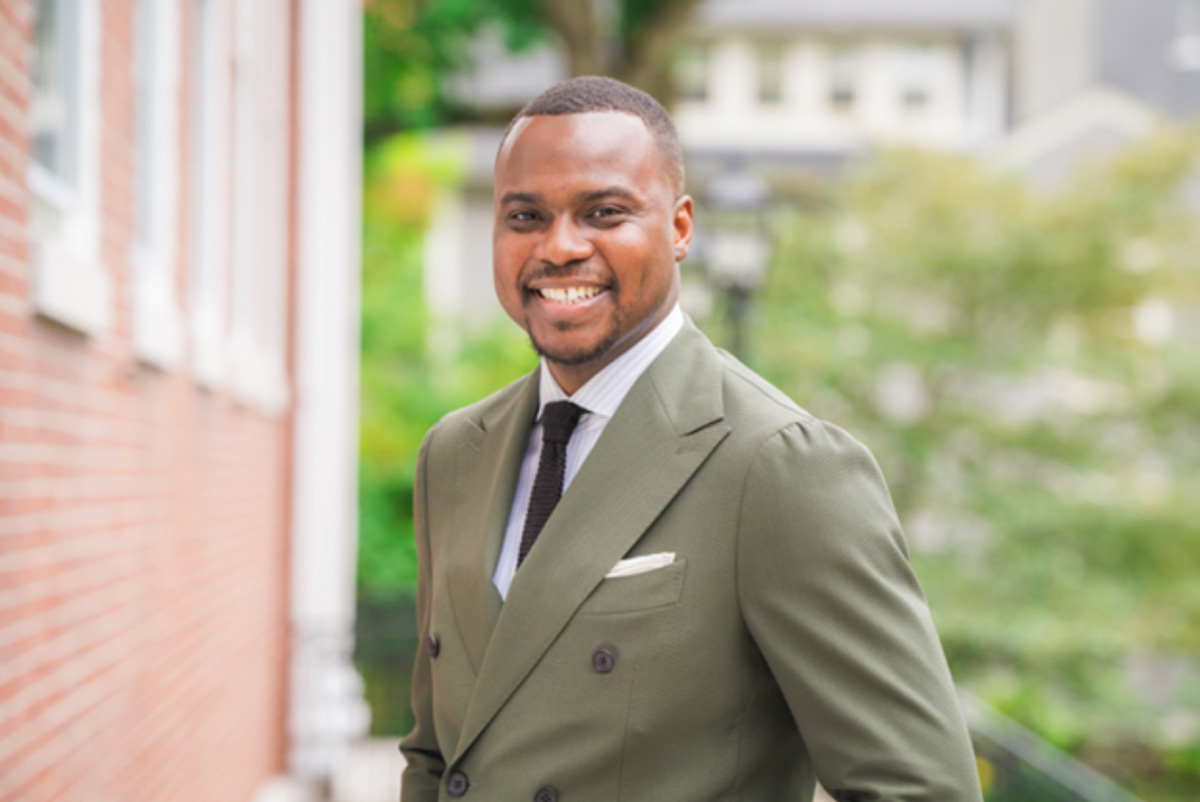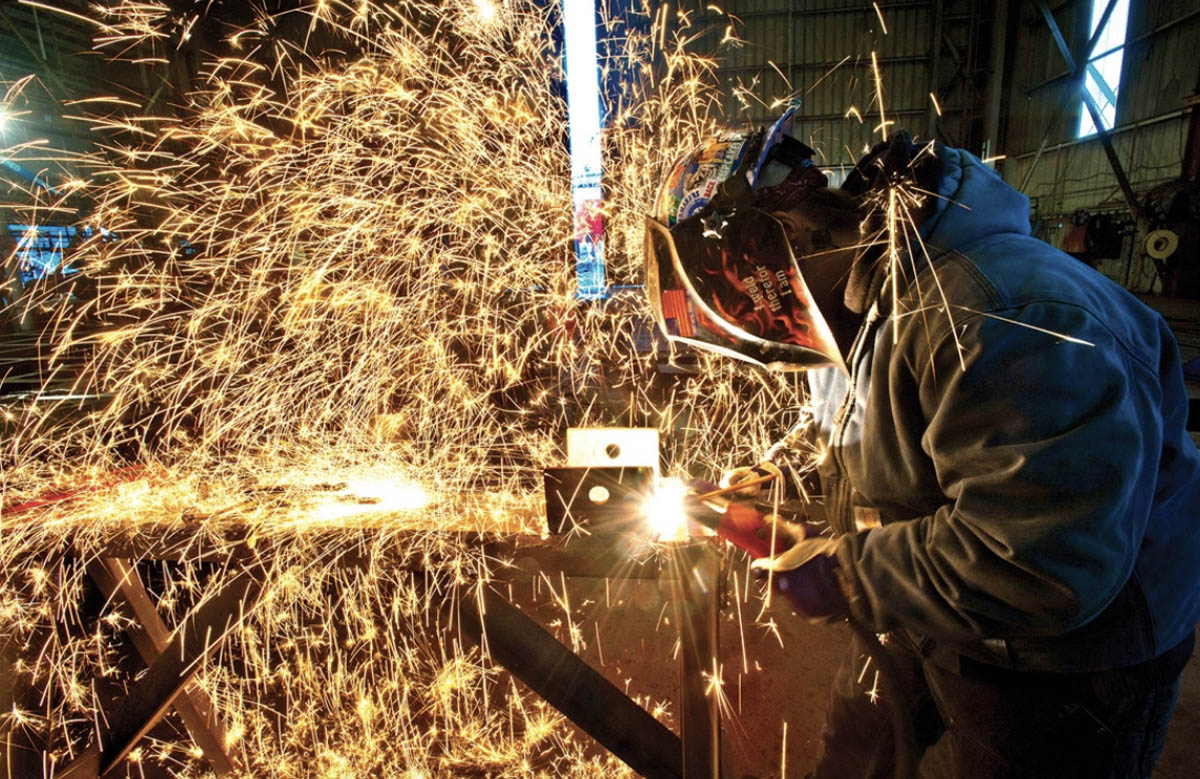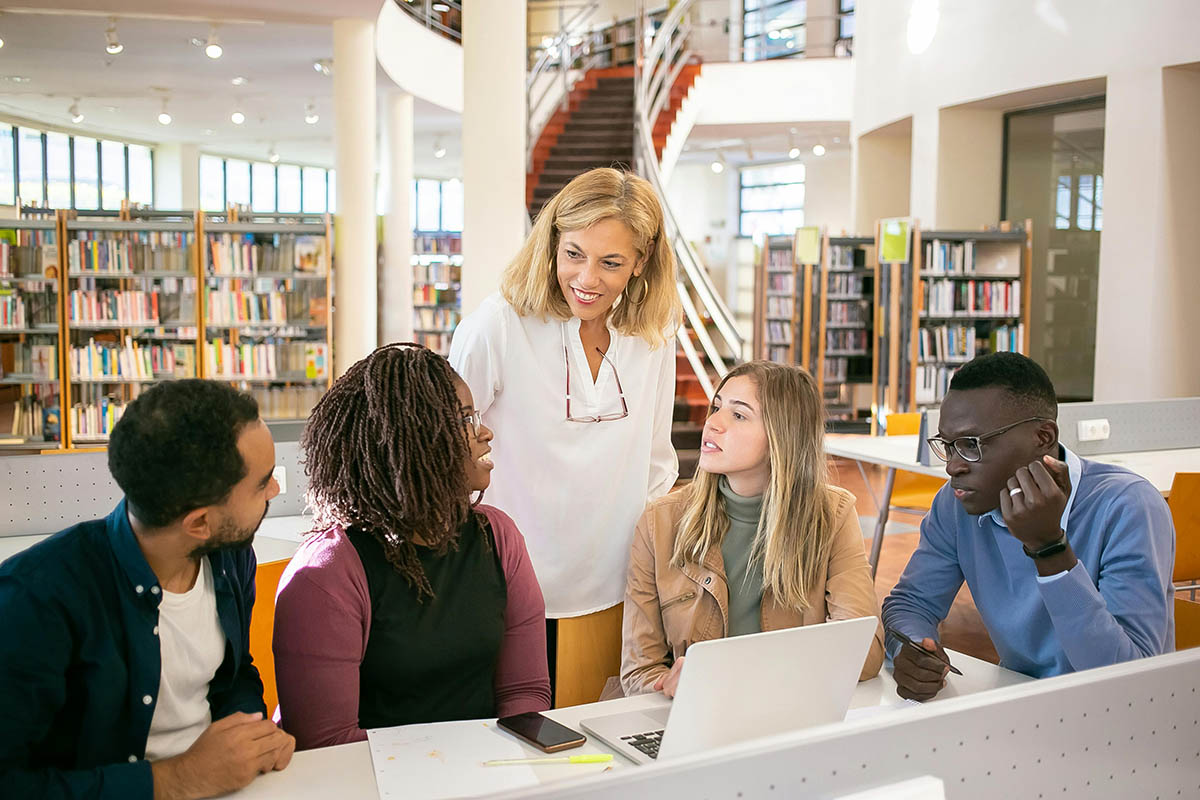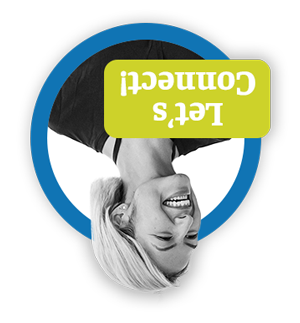Guest Article: Bridging the Gap – Lessons from a High School Principal on Connecting Industry and Learners
By Tremain Holloway: As the founding principal of Maritime High School (MHS) in Highline Public Schools, I had the invaluable opportunity to witness the importance of connecting industry organizations with high school learners and their families. This experience highlighted the crucial role of collaboration in creating pathways for successful careers.
Drawing from my experiences at MHS and Raisbeck Aviation High School (RAHS), I have pursued entrepreneurial and intrapreneurial opportunities that further empower me to impact students’ educational outcomes and experiences.

Alongside some extraordinary community leaders and partners, I initiated a transformative journey three years ago to establish a multicultural, multi-ethnic, multilingual learning environment at MHS to foster a multi-generational community and promote diversity, equity, and inclusion in the maritime industry.
The maritime industry, a cornerstone of the state’s economy in Washington, faces a significant challenge due to workforce shortages. According to the Northwest Maritime Center, despite over 800 maritime enterprises in King County alone, offering 19,500 jobs with an average annual salary of $82,800—substantially higher than other state industries—the maritime sector projects a job deficit of 150,000 mariners by 2025. This shortage arises as the industry witnesses sustained growth at an average annual rate of 6.4%, driven by technological advancements. Furthermore, the maritime industry workforce currently in King County is predominantly white/caucasian males. Maritime High School aims to address this workforce gap by preparing today’s students for lucrative, fulfilling, and long-lasting careers in the maritime sector. If left unresolved, this issue will perpetuate social and economic immobility, leading to intergenerational poverty in our most historically marginalized communities.
MHS continues prioritizing project-based learning to transform the maritime industry’s diversity, equity, and inclusion landscape. At MHS, the belief was to democratize career access and empower students with mastery-based and competency-based learning assessments.

This innovative approach challenges traditional educational norms and reimagines schools for high school learners.
MHS continues prioritizing project-based learning to transform the maritime industry’s diversity, equity, and inclusion landscape. At MHS, the belief was to democratize career access and empower students with mastery-based and competency-based learning assessments. This innovative approach challenges traditional educational norms and reimagines schools for high school learners.
Here are some of my key learnings and takeaways from this experience:
Importance of Early Engagement
I am a huge proponent of cradle-to-career placed-based partnerships. The opportunity to connect Washington State Maritime Industry professionals with MHS has and continues to enhance learners’ educational experiences and career prospects. Through guest speakers, internships, and mentoring programs, learners gain insights into real-world applications, develop essential skills, and explore career paths. These partnerships help students develop “durable skills” like communication, problem-solving, and teamwork, preparing them for higher education and the workforce. Early engagement between industry professionals and high schoolers can significantly shape a student’s future. It provides invaluable insights into various careers, helps them understand the skills required for success, and allows them to build a network of contacts within their field of interest. This exposure can spark passion, solidify career choices, and facilitate a smoother transition from academia to the workforce. Additionally, for professionals, it’s an opportunity to identify and nurture emerging talent, ensure a pipeline of future employees, and contribute to the development of the next generation.
Hands-On Experiences
“Hands-on, Hearts-on, and Minds-on learning” is often articulated by my mentor and friend Therese Tipton, currently principal of RAHS. MHS provides learners with this powerful learning experience through internships, career pathway academic programming, and job shadowing opportunities. It offers invaluable tools for students to gain real-world insights, explore career options, develop critical skills, and build their resumes. Internships provide hands-on experience and networking opportunities, while academic career pathway programming imparts the knowledge and skills needed to succeed in a chosen field. Job shadowing allows students to observe professionals in their field, gaining insights into workplace culture and requirements. These experiences help learners make informed career decisions and develop the skills and credentials necessary for post-secondary success.
Cultural and Industrial Relevance: A Reciprocal Relationship
At MHS, I collaborated with an exceptional group of educators dedicated to aligning curriculum with industry needs, ensuring that our students graduated with the in-demand skills required for success in the workforce. Partnering with Northwest Maritime Center, Port of Seattle, and Duwamish River Community, we provided and built strong relationships with industry organizations to create a mutually beneficial ecosystem. We embraced this responsibility because school communities are uniquely positioned to leverage societal justice and drive change from a social impact perspective.

We embraced leading and learning with the MHS Promise in mind, “To provide every student with a safe and equitable learning environment so ALL learners are academically successful and prepared for life and work in the maritime field.” Through our efforts, we aimed to cultivate a supportive environment where students could thrive and develop their potential. By integrating culturally responsive techniques and approaches into our teaching practices, we sought to create a learning environment that resonated with students’ experiences and identities. This approach allowed us to address issues of diversity, equity, and inclusion meaningfully, fostering a sense of belonging and mutual respect among all members of our school community and in the maritime industry, such as the lack of diverse representation in the field. Through our work at MHS, we contributed to the industry’s future talent pool by providing a pipeline of skilled and socially conscious graduates. Furthermore, we assisted organizations in aligning their beliefs and values with what matters to the next generation, ultimately fostering a more inclusive and equitable society.
Leading the helm at Maritime HS empowered me and other constituents as a school community to push boundaries, challenge norms, and create a model for sustainable change in the maritime field. Given the right mindset and approach, innovation can thrive within existing systems when connected with the right industry partners. At MHS, we saw firsthand the positive impact of connecting students with industry professionals. It’s a model that can be replicated across various fields, bridging the gap between education and the workforce.
About the author: Tremain Holloway is a student in the Harvard Graduate School of Education, pursuing a Doctorate in Educational Leadership. As a 7th-year school leader in the Highline Public School district, Tremain previously served as assistant principal at Raisbeck Aviation High School and a principal at Highline High School. His visionary leadership style led to the successful opening of Maritime High School, a mastery/competency-based, project-based learning high school in the Greater Seattle Area.

